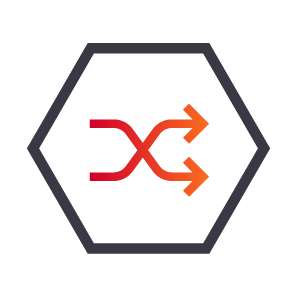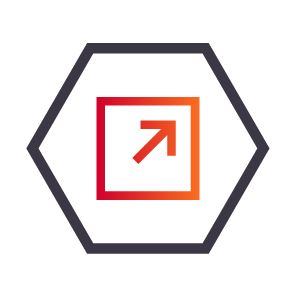FUTURA apps change everything. Just not your SAP system
With the FUTURA apps, full integration with your SAP S/4HANA system is very easy. The FUTURA apps can be integrated into your SAP system, i.e. SAP Fiori Launchpad, without changing the standard. The FUTURA apps are easily accessed from the SAP Launchpad via a single sign-on. This means that no additional effort is required when updating your SAP system or the FUTURA apps, as no developments in S/4HANA are necessary.
FUTURA the guiding principles "Clean Core" and "Fit to standard" recommended by SAP.
The integration of the applications themselves takes place via OData services in real time – where certain functions are missing in the standard, Futura Solutions will add OData services. This means that there is no development in the SAP system.
How is the installation done?
- SAP real-time integration is based on standardized SAP OData Services and additional FUTURA® specific OData Services
- Further FUTURA services are imported via SAP Transport and the SAP Transport Management system
- Authorizations for interface users are controlled via the SAP standard framework for authorization objects
- Communication takes place via SAP base technologies such as PI or SAP Cloud Connector
FUTURA apps - find your way around more quickly and complete tasks more easily
With the Fiori user experience, SAP has set out to reshape the way users work in companies. At the heart of the design principles is the demand for simplicity and a role-based approach: each user only gets the applications and functions relevant to their area of responsibility. Futura Solutions has developed its own FUTURA app framework to take a decisive further step compared to Fiori apps.

Single sign-on
With the FUTURA apps, both S/4HANA and FUTURA, the purchasing and procurement platform, can be operated via a common interface and a single sign-on. A "full integration" with a common user interface and completely harmonized processes.

OData Services
FUTURA apps can be integrated into SAP Launchpad and use the same technology as Fiori apps, i.e. so-called OData services.

GAEB standard
In contrast to the Fiori apps, FUTURA apps also support multi-level service specifications - GAEB standard is the basis for the procurement of e.g. construction services with service specifications.
"Doing one thing well" – Microservices architecture for best-of-service
Microservice-based applications consist of smaller, independent programs: Complex applications are thus broken down into individual, independent building blocks or services. These modular services can be deployed and managed individually, making development and rollout more flexible.
New implementations and updates can be done in an agile manner.
Customer-specific developments and expansions can be implemented more easily, without affecting the standard.
In contrast to the conventional, monolithic approach, microservices can be developed independently of each other. Thus, they are not dependent on each other for the time being.
The microservices communicate with each other via defined interfaces. This significantly reduces the susceptibility to errors due to dependencies.
API connectors ensure that data can be exchanged in real time and business processes can be automated across system boundaries.
Techstack - future-proof set-up
Technology stack is the set of technologies used to build and run software applications. This includes web frameworks, programming languages, servers, operating systems, databases, and more that are used to develop and run web applications.
For FUTURA, we rely on the latest technologies, including React for frontend development, TypeScript for type-safe development in JavaScript, GraphQL as a universal interface language, mongoDB as a high-performance document-based NoSql database, Redis as an extremely fast in-memory database, and KeyCloak as an SSO identity provider.
Docker and Kubernetes
Individual functions that fulfill certain tasks or services are packaged in so-called containers. The containers, in turn, must be managed; this is done, for example, via the Kubernetes platform. This is used to control the deployment, scaling and networking, and ultimately to manage the containers in an automated manner.
Containerization Containerization makes it possible for each customer to operate its "own container" and its own database in a "customer room" (private cloud). In this way, the containers can only communicate with each other within customer room A, which means that the data within the containers is logically separated. If desired, the containers can also be operated on separate hardware. This can also provide physical separation.